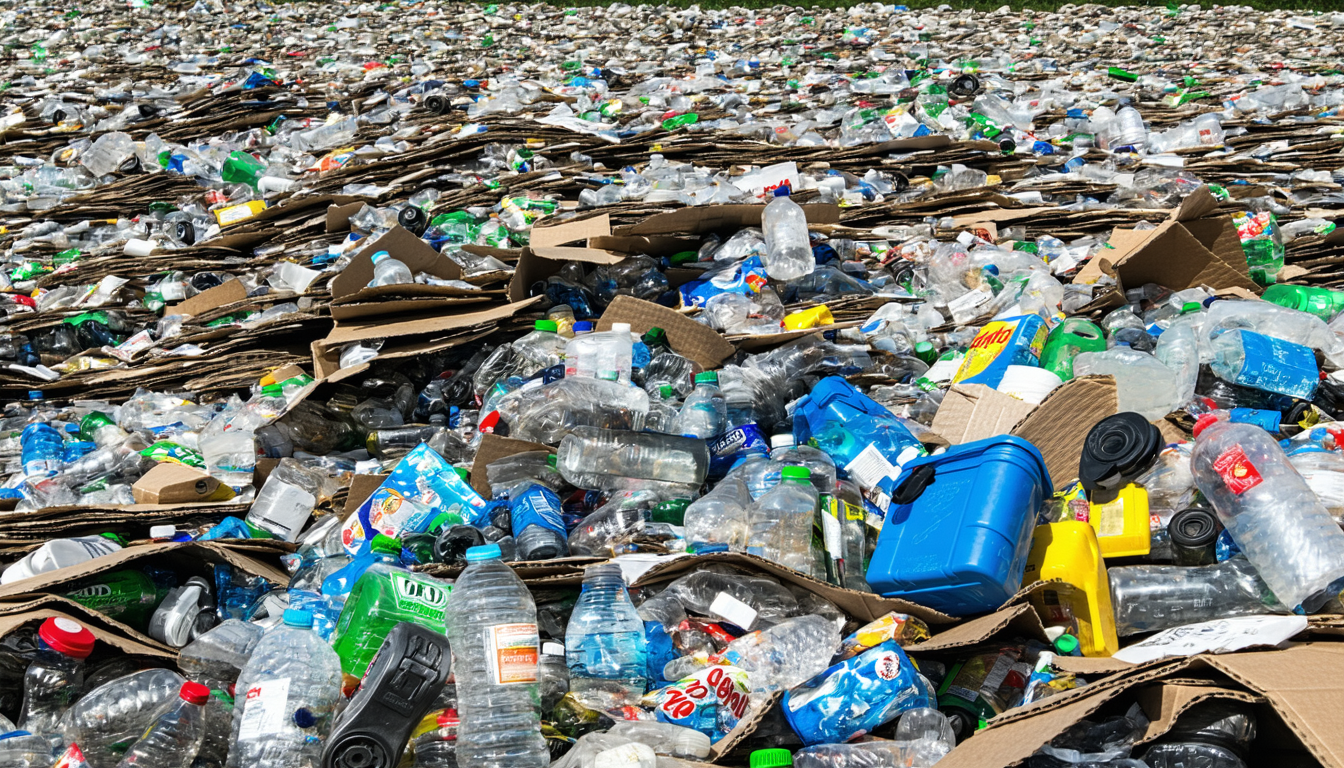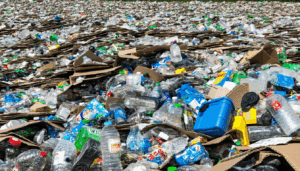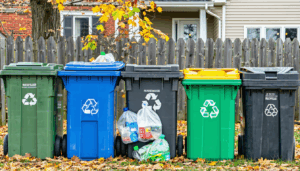A surge in commercial recycling solutions is transforming waste management for businesses across the United States, with 2025 marking a pivotal year for sustainability initiatives. Companies nationwide are adopting advanced recycling technologies and strategies to meet stricter regulations, reduce landfill use, and appeal to environmentally conscious consumers. This shift is reshaping supply chains, creating new market opportunities, and setting ambitious benchmarks for corporate responsibility.
Businesses Embrace Next-Generation Commercial Recycling Solutions
The commercial sector has become a focal point in the national push toward sustainable waste practices. From manufacturing giants to small retailers, organizations are investing heavily in innovative recycling systems that go beyond traditional paper and plastic collection.
According to industry analyst Maria Chen of GreenTech Advisors, “We’re seeing unprecedented investment in smart sorting equipment, closed-loop packaging programs, and digital tracking platforms that optimize every stage of the recycling process.” She notes that these advancements help companies comply with evolving state mandates while also reducing operational costs over time.
Recent data from the Environmental Protection Agency (EPA) shows a 15% increase in commercial material recovery rates since 2022. Major cities like New York, Los Angeles, and Chicago have rolled out incentives encouraging businesses to divert more waste from landfills through certified recyclers or on-site processing units.
Regulatory Changes Accelerate Adoption
New legislation at both federal and state levels is accelerating adoption of advanced commercial recycling solutions. In January 2025, California implemented its landmark Extended Producer Responsibility (EPR) law requiring manufacturers to manage end-of-life disposal for their products. Similar measures are under consideration in several other states including Washington and Massachusetts.
“Regulatory pressure is driving innovation,” says John Miller of the National Waste & Recycling Association. “Companies must now demonstrate not only compliance but leadership on environmental issues if they want access to certain markets or government contracts.”
Key regulatory trends include:
– Mandatory reporting on recycled content usage
– Bans on single-use plastics
– Tax credits for investment in green infrastructure
These policies have prompted rapid growth among solution providers offering everything from AI-powered sorting robots to blockchain-based traceability tools.
Impact on Stakeholders: Economic Growth Meets Environmental Goals
The rise of sophisticated commercial recycling solutions has created ripple effects throughout multiple sectors:
– Manufacturers benefit by reclaiming valuable raw materials such as metals or high-grade plastics.
– Retailers enhance brand reputation by showcasing circular economy initiatives.
– Waste management firms expand service offerings into consulting and technology integration.
According to recent market research by EcoMarket Insights Group, the U.S. commercial recycling industry generated $68 billion in revenue last year—a figure projected to grow by 8% annually through 2030 as more companies prioritize sustainability targets.
However, challenges remain around standardization of processes across regions and industries. Smaller businesses often struggle with upfront costs despite long-term savings potential—a gap some local governments aim to bridge via grants or shared services programs.
The Future Outlook: Innovation Continues Amid Growing Demand
Looking ahead, experts predict continued momentum as both public awareness and investor interest intensify around environmental stewardship.
Emerging trends shaping the future include:
1. Widespread adoption of Internet-of-Things (IoT) sensors enabling real-time monitoring of recyclable streams.
2. Expansion of deposit-return schemes incentivizing higher recovery rates for packaging materials.
3. Integration between supply chain partners using shared data platforms ensuring transparency from production through disposal.
Samantha Lee at Sustainable Business Council observes: “Collaboration will be key—no single company can solve this alone.” She points out that cross-industry partnerships are already yielding breakthroughs such as reusable transport containers adopted jointly by logistics firms and major retailers nationwide.
Despite economic headwinds facing some sectors this year—including inflationary pressures—corporate leaders view sustainability investments as essential rather than optional expenses moving forward.
Frequently Asked Questions
What are commercial recycling solutions?
Commercial recycling solutions refer to specialized systems designed for businesses—such as automated sorting machines or digital tracking software—that streamline collection, processing,and reuseof recyclable materials within industrial settings.
Why are these solutions gaining popularity now?
Stricter regulations,sustainability goals,and consumer demandfor eco-friendly practicesare pushing companiesto adopt advancedrecycling methodsin orderto stay competitiveand compliant.
How do these systems benefit businesses financially?
By reducing landfill fees,recovering valuable resources,and improving operational efficiency,businesses can lower overallwaste managementcostswhile enhancingtheir public image.
Are there challenges associatedwith implementingcommercial recyclingsolutions?
Yes.Some smallerbusinessesface costbarriersor lackexpertisein deployingnew technologies.Government incentivesand partnershipswithsolutionproviderscanhelpaddresstheseissues.
Conclusion
Commercial recycling solutions have emerged as a cornerstone strategy for American businesses seeking both economic advantage and environmental impact amid tightening regulations.The sector’s rapid evolution promises lasting benefits—from reduced landfill dependencyto job creationand resource conservation.As innovation accelerates,the next decade could see even greater alignment between business successandsustainable practice,makingcommercialrecyclingsolutionsanindispensablepartoftheU.S.economy’sfuturelandscape


